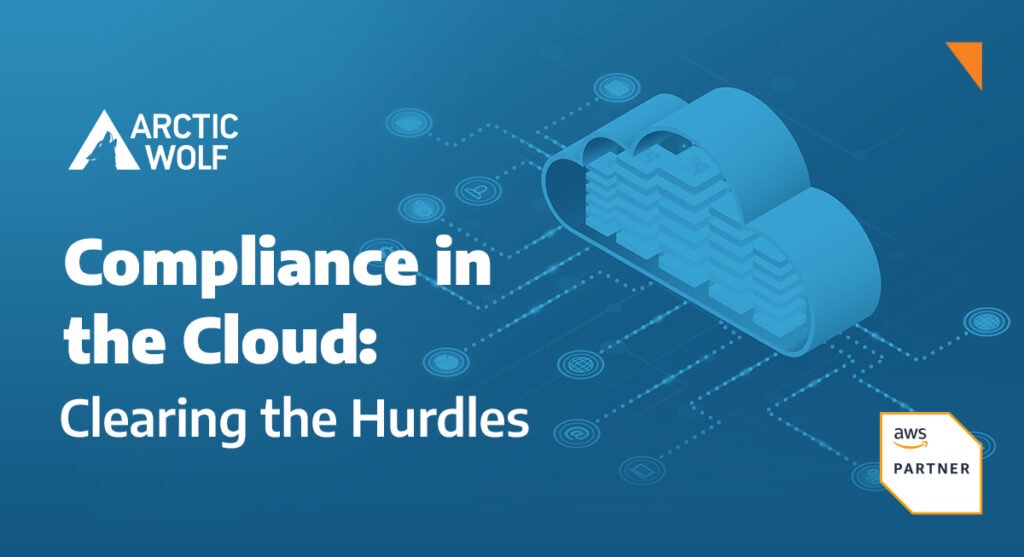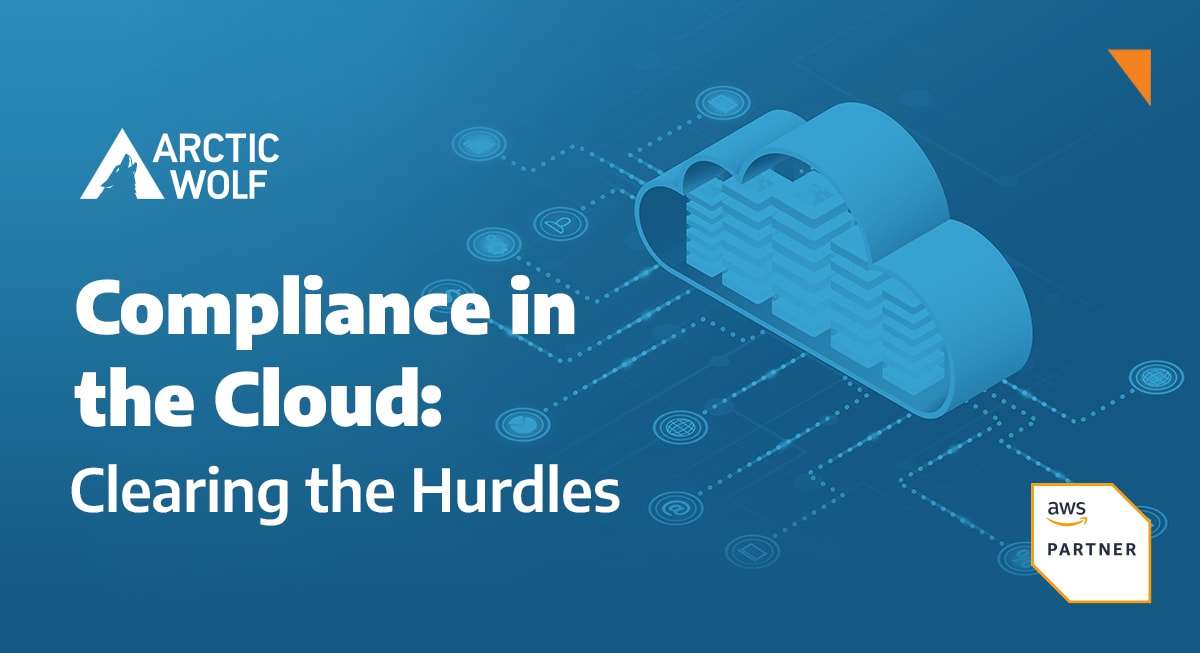Organizations across every industry are embracing cloud computing. The enhanced scalability, adaptability, and interoperability offered by the cloud allows businesses to work faster, remain agile, save costs, meet customer demands, and keep pace with the competition.
But for all its advantages, the cloud presents challenges for organizations that need to ensure their data security systems and processes meet regulatory requirements. In fact, respondents of Foundry’s 2022 Cloud Computing Survey cited data privacy and security challenges, along with lack of cloud security skills and expertise, as two of the top three obstacles they faced when implementing a cloud strategy.
These findings probably come as no surprise to you. Challenges around security and compliance have long been barriers to robust cloud adoption – you’ve probably faced some of them yourself.
Fortunately, these barriers can be overcome.
Achieving Cloud Compliance
Through persistence and planning, it’s possible for your organization to not only clear the compliance hurdles in its path to the cloud, but to finish stronger and more competitive. We’ve developed some tips and strategies to help guide you on that journey in Arctic Wolf’s Secure Cloud Compliance for Small and Mid-Sized Enterprises. Here’s a sneak peek.
Lean Into the Cloud
Hear us out: While the cloud adds complexity, cloud technologies and cloud providers are uniquely positioned to help. Cloud providers are eager to address the compliance challenges with infrastructure investments that meet the requirements of numerous certifications, regulations, and frameworks. Many have built cloud data centers in countries around the globe, specifically to address data sovereignty issues.
Additionally, most offer security controls like user authentication, encryption, monitoring, automated compliance checks, custom compliance reports, and other technologies to help you to safeguard your cloud environment, data, and applications.
Identify Applicable Compliance Regulations and Where They Overlap
In an effort to protect sensitive data, lawmakers are enacting new security regulations and standards at a head-spinning pace. The result? A tangle of local and international regulatory requirements you need to be aware of and satisfy—or risk fines, reputation damage, and revenue loss.
For example, a US-based medical laboratory that accepts credit cards as payment will be subjected to HIPAA and PCI DSS regulations. If it has offices, customers, or employees outside the United States, it’s also subjected to the data compliance regulations of the other countries in which it operates.
There’s no online calculator that will spit out a list of relevant regulations at the click of a button. However, you can make it easier to manage the volume and complexity. For example, both HIPAA and PCI DSS require login activity monitoring. You can streamline your compliance planning by identifying other such areas of overlap and implement policies flexible enough to satisfy requirements across the board.
Build in Resiliency and Repeatability
Regulations proliferate and evolve. As they do, you need an action plan to help you uncover and fill gaps in your compliance practices—both to safeguard your environment and to prove the effectiveness of your approach to auditors, third-party risk assessors, and other interested parties.
As such, your compliance plan must build in resiliency and repeatability. Ask yourself:
- What mechanisms must I put in place to ensure routine review?
- Are my compliance measures adaptable?
- Can one compliance practice be updated without the need to retool all others?
- When practices are updated, will my reporting workflows seamlessly reflect these adaptations?
Address Cybersecurity Skills Gaps and Shortages – ASAP!
As infrastructures evolve, security threats increase, and regulations proliferate, compliance grows more time-consuming, resource-intensive, and specialized. Experienced workers are in short supply and many organizations don’t want to invest in the specialization that compliance demands.
Outsourcing compliance to a knowledgeable partner is a smart strategy. The right partner will help you implement compliance best practices, prepare for audits, continuously manage risk, and stay on top of complex, ever-changing regulations.
Hit Your Stride in Your Cloud Compliance Journey
Maintaining compliance in the cloud can be a significant undertaking. Get started on a cloud compliance plan that will help your organization clear the hurdles that stop your competitors.
That’s why many organizations choose Arctic Wolf to ease the burden. Arctic Wolf and its Concierge Security® Team (CST) will help you stay on top of overlapping regulations and put the right people, processes, and technologies in place to keep your organization and customer data safe.
Dig deeper into our capabilities. Download Secure Cloud Compliance for Small and Mid-Sized Enterprises today.





